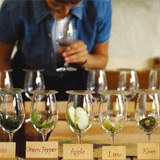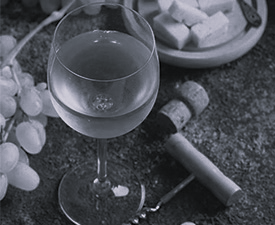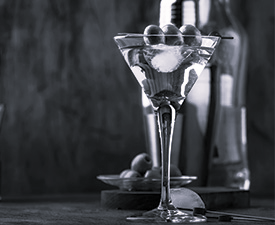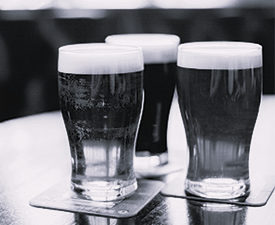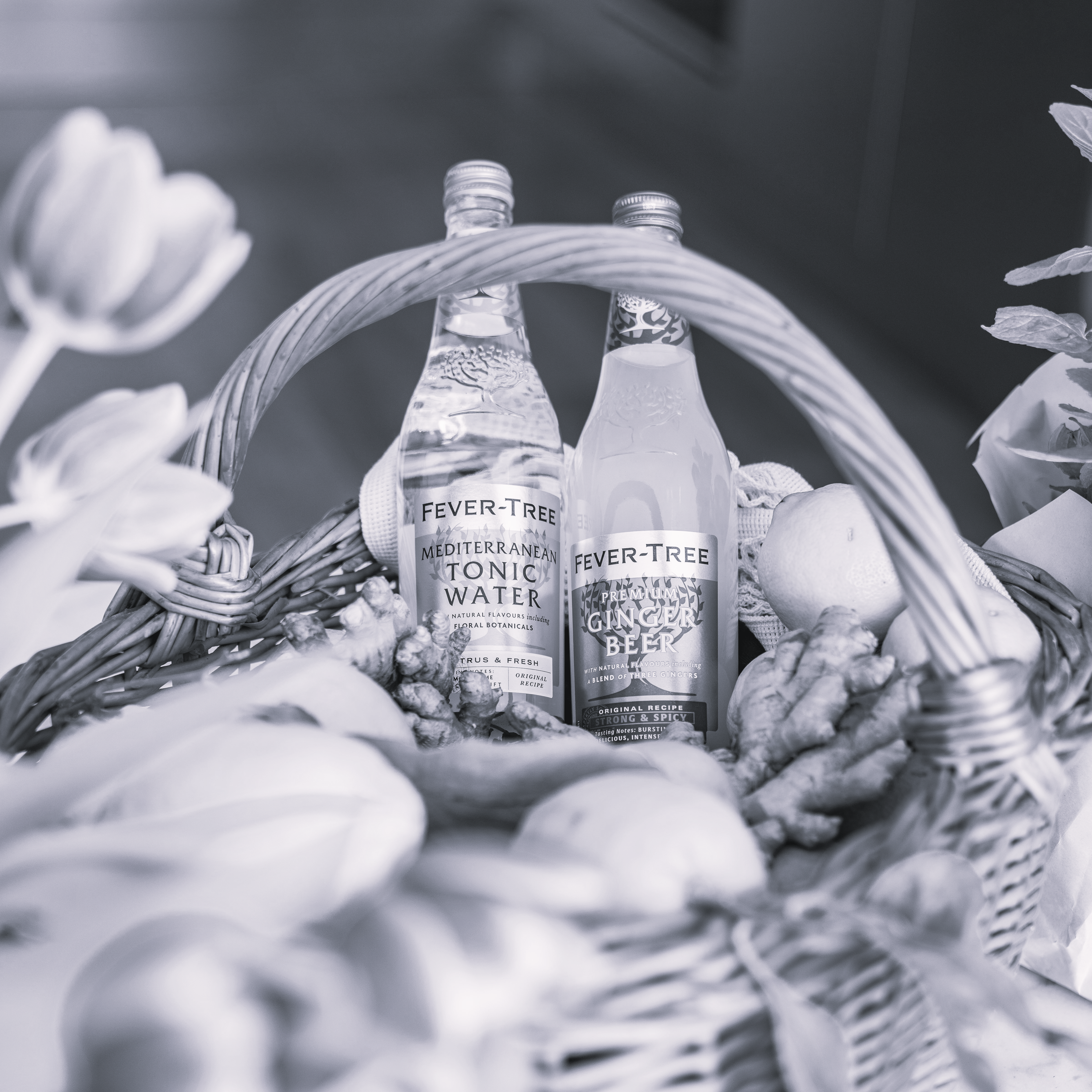Wine engages all the senses: sight, smell, taste, mouth feel - even sound when glasses touch in a toast. To fully enjoy fine wine, don't be afraid to savour every sensation - especially its aroma.
It is through the aromas of wine that wine is actually tasted. The human tongue is limited to the primary tastes perceived by taste receptors on the tongue; sweetness, acidity, saltiness and bitterness. The wide array of fruit, earthy, floral, herbal, mineral and oak flavours perceived in wine are derived from aroma notes.
In professional wine tasting, there is a distinction made between 'aromas' and a wine's 'bouquet' while in casual tastings these two terms are used interchangeably. An aroma refers to the smells unique to the grape variety and are most readily demonstrated in a varietal wine such as Turkish-delight with Gewurztraminer or black currant with Cabernet Sauvignon. These are smells that are commonly associated with a young wine. As wine ages chemical reactions among sugars, acids, and alcohol and phenolics create new smells that are known as a wine's bouquet. These can include honey in an aged Sauternes or truffles in a Pinot Noir. The term bouquet can also be expanded to include the smells derived from fermentation, winemaking and oak, barrel treatment. In Burgundy, aromas are divided into three categories; primary, secondary and tertiary. Primary aromas are those specific to the grape variety. Secondary aromas are those derived from fermentation and oak aging. Tertiary aromas are those that develop through bottle age.
Detecting an aroma is only part of wine tasting. The next step is to describe that aroma, and it is in this step that the subjective nature of wine tasting appears. Different individuals have their own personal way of describing familiar aromas based on their own unique experiences. In addition there are varying levels of sensitivity thresholds among people. This is why one taster may describe different aromas than another taster sampling the very same wine at the same time.

